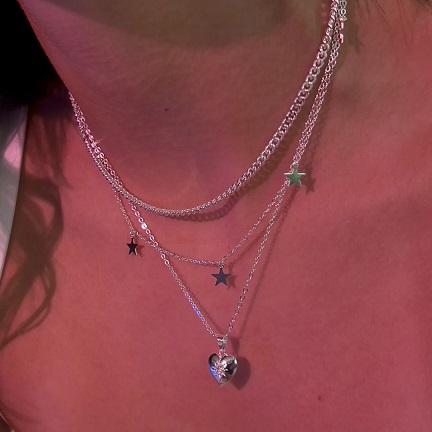Has Metal Building Construction Changed Over The Course Of Time

Introduction:
Metal building construction has been around for more than 100 years. It has changed in many ways over the years. 1900’s metal buildings were generally made of rectangular shapes with flat surfaces. Some could be made to look like wooden buildings by painting them with a wood grain pattern on the exterior. The World War II-era had many changes in design and material, which led to more complex designs and new materials such as aluminum and stainless steel. Today these sophisticated designs are used for everything from homes and businesses, to barns and garages. Metal buildings have made a great impact on society in the past 100 years. In the beginning, metal buildings were designed to be temporary warehouses, tent-like structures, or mausoleums; however, today they are used for many more things such as recreational vehicles (RVs), pool houses, garages, studios, and homes. They can be customized to fit any need a customer may have. The following pages will explain how metal building construction has changed over the course of time by using various types of information sources: pictures, diagrams, and written text.
What is Metal Building Construction?
Metal building construction (MBC) is a form of construction using metal for the framing, sheeting, and cladding of buildings. The methods used vary between architectural styles but traditionally focus on the use of steel compared to modern alternatives such as aluminum. The individual elements that are joined together are typically sections made from large-diameter steel tubing.
Significance of Metal Building Construction:
Metal building construction has been used to form strong and lasting structures. They are constructed in distinct architectural styles depending on their application by metal building manufacturers, which provides a benefit when it comes to the look of the final structure. Steel framing is much stronger than timber and concrete – this allows buildings to be built without costly exterior reinforcements such as brickwork, which is typically found on wooden buildings. The elements that make up a metal building are all joined together with welding or riveting, making for a clean and simple finish. The structure of the building is exposed thus allowing for the creation of decorative features, especially where cladding is employed. The finish provided by metal building construction is extremely resistant to rain, which can lead to problems with rust, decay, and mold for wooden buildings. Metal buildings also have a long service life compared to other building types which in turn reduces the amount of maintenance required.
Metal Buildings Throughout History
There has been a long history of using metal as an architectural element. Ancient Egyptians used copper and bronze, while Greeks used molten lead sheets and iron dowels. The Romans made use of sheet lead while they built such structures as the Pantheon or concrete vaulted ceilings, called “cathedrals”. In Britain, it has been used since the 17th century in construction, with architectural features such as bay windows and Portland stone used extensively. In the United States of America, metal buildings have been used to form stark structures that reflect the American culture of rugged individualism. These buildings included barns and garages as well as other utilitarian buildings such as workshops or warehouses.
During the 19th-century steelmaking processes began to be mechanized. This made it possible for manufacturers to mass-produce steel products, allowing them to create larger sheets at a substantially lower cost. Metal building construction became a much cheaper option for building large structures than wood or stone, with less labor required during construction.
Future of Metal Building Construction:
With technology constantly advancing and changing, the future of metal building construction is unquestionably bright. Manufacturers are always developing new products and processes that make parts easier to form or lighter in weight yet stronger.
Metal buildings have changed over time, originally they were used as temporary structures and then adapted to be simpler and more decorative. As time goes on, manufacturers will continue to develop stronger yet lighter products that can be used for a variety of purposes.
Future uses could include items such as barns, greenhouses, offices, or even homes; however, the possibilities are endless and the uses are only limited by creativity!
Conclusion:
Metal building construction has evolved over time to form extremely strong and durable structures. There are many designs and parts that can be used in conjunction with each other to create a structure that can be used for many purposes. The designs have gotten much more sophisticated as time has gone on, which allows for these structures to become increasingly decorative. They are an excellent choice for residential or commercial uses due to the low maintenance required.
As technology continues to advance, metal building construction done by metal building manufacturers will remain a viable option. New designs will be developed to reflect modern times and ever-changing industry. The durability of these structures makes them ideal for many different situations.







